Combating winter browning — when Bermuda grass goes dormant and what to do about it
Prevent the winter browns with these lawn care tips
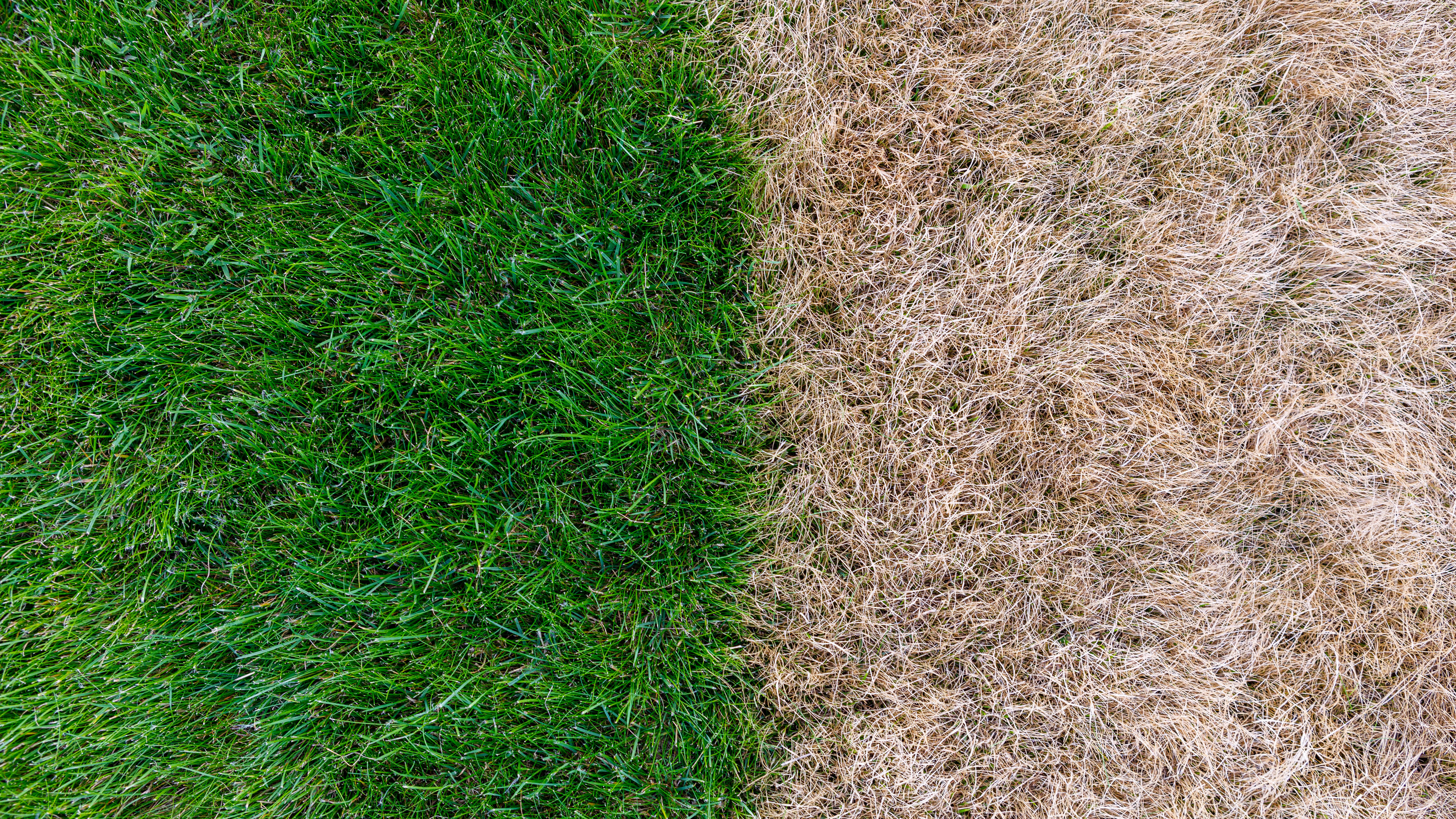
Bermuda grass is a popular warm-season turfgrass known for its drought tolerance and ability to withstand heavy traffic. However, as temperatures drop in fall, Bermuda grass enters a dormant state, turning from vibrant green to a dingy brown that can leave your lawn looking lifeless until spring.
You don't, however, have to resign yourself to months of a brown lawn. With the right techniques, you can maintain green grass throughout winter while protecting your dormant Bermuda grass underneath. Here's how you can combat your lawn's winter browning.
When does Bermuda grass go dormant?
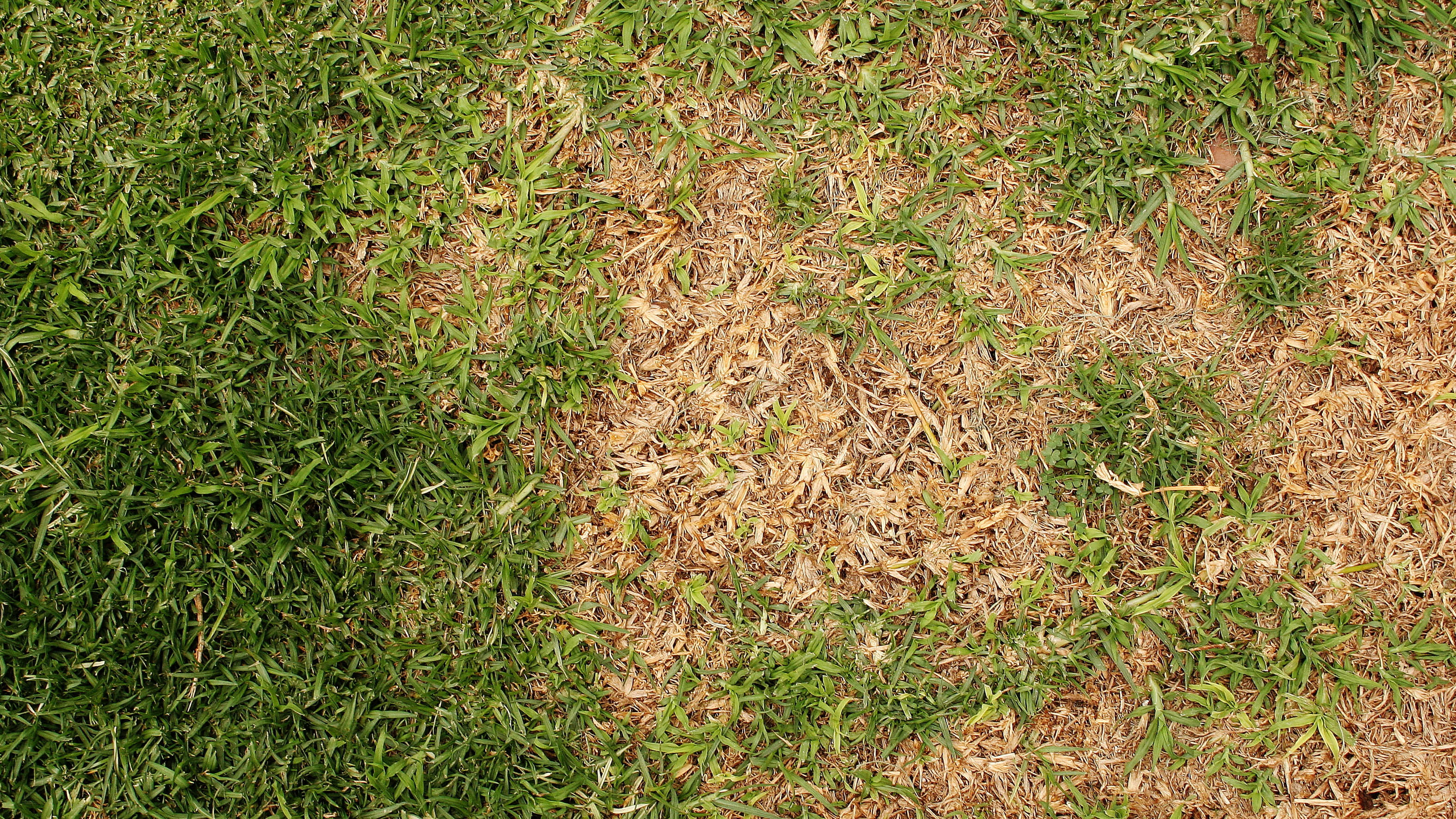
Bermuda grass typically enters dormancy when soil temperatures drop to around 55°F (13°C), which usually happens in late fall or early winter.
For homeowners in the upper South (Virginia, North Carolina, Tennessee), Bermuda grass usually begins to go dormant around mid-October to early November. In the lower South (Georgia, Alabama, Texas), dormancy typically starts in late November or early December.
The grass will remain dormant until soil temperatures consistently rise above 60°F in spring, usually around March or April depending on your region.
During dormancy, Bermuda grass isn't dead. It's simply conserving energy to survive the winter. The grass blades turn brown while the roots and rhizomes remain alive beneath the soil, waiting for warmer weather to trigger new growth.
1. Overseed with cool-season ryegrass
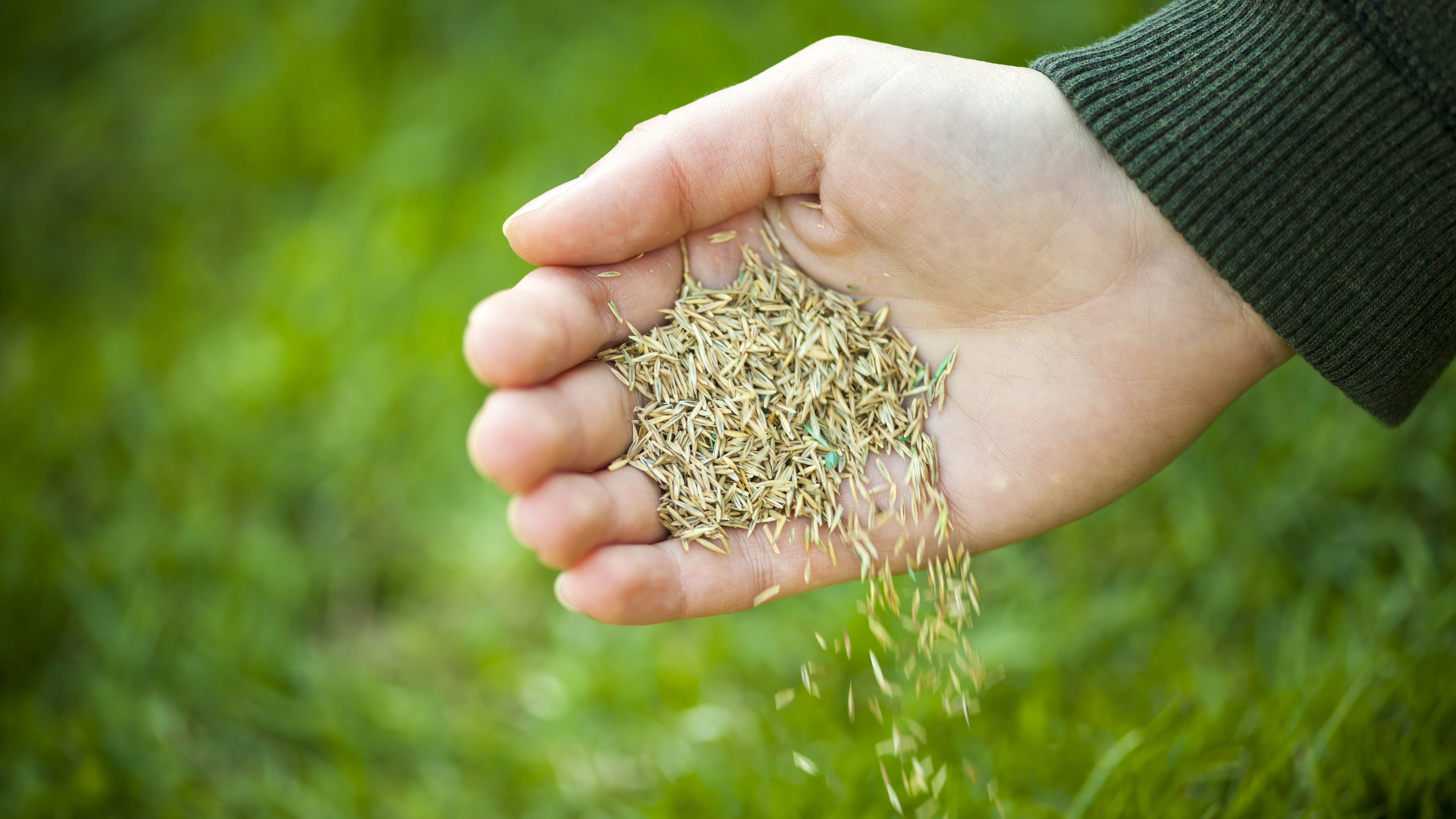
The most effective way to maintain a green lawn through winter is by overseeding your dormant Bermuda grass with a cool-season variety.
Annual or perennial ryegrass is the ideal choice for overseeding Bermuda grass lawns. Time this process when soil temperatures drop to around 70°F, typically mid-September in the upper South or mid-October in the lower South. Before overseeding, mow your Bermuda grass shorter than usual (about 1 inch) to ensure good seed-to-soil contact.
Apply ryegrass seed at a rate of 12-15 pounds per 1,000 square feet, spreading it evenly across your lawn. Water the lawn lightly twice daily for the first week to keep the soil moist but not saturated. The ryegrass will germinate within 7-14 days, providing green coverage while your Bermuda grass remains dormant underneath.
2. Fertilize appropriately before dormancy
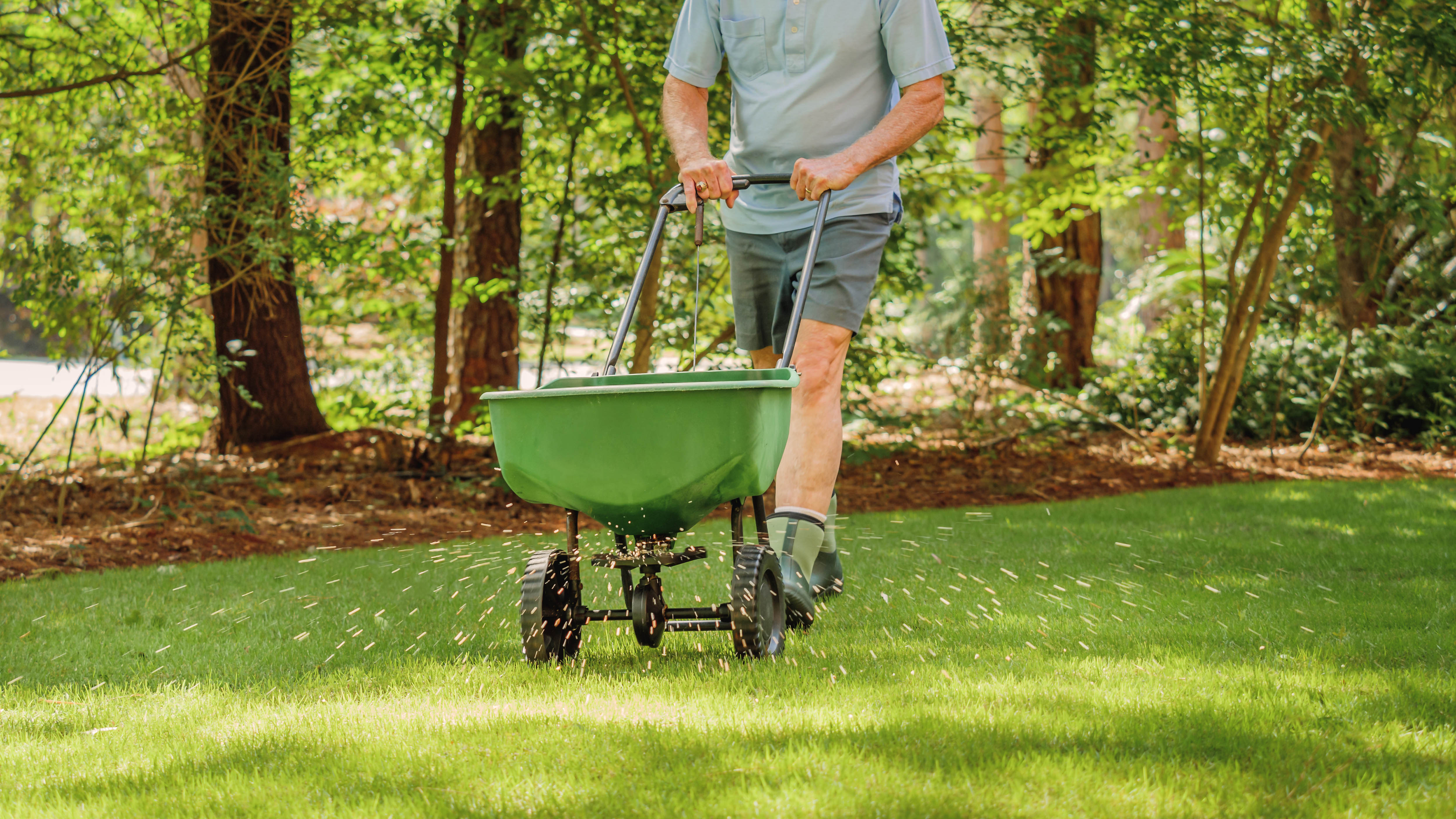
Proper fertilization before dormancy helps Bermuda grass store energy for winter survival and spring recovery. Apply a low-nitrogen, high-potassium fertilizer about 4-6 weeks before the first expected frost. This timing is crucial — too late, and the fertilizer may stimulate vulnerable new growth; too early, and the benefits may be lost before dormancy begins.
Avoid high-nitrogen fertilizers during late fall and winter, as these can make the grass more susceptible to cold damage and disease. Additionally, never fertilize dormant Bermuda grass during winter months, as this can encourage weed growth and potentially harm the dormant grass.
These gardening gloves provide an excellent grip and have a comfortable fit around the wrist, plus they are breathable, machine washable, and available in three sizes. They are perfect when you need medium-duty gloves that provide dexterity. Plus, they come in a pack of two.
3. Maintain proper mowing height
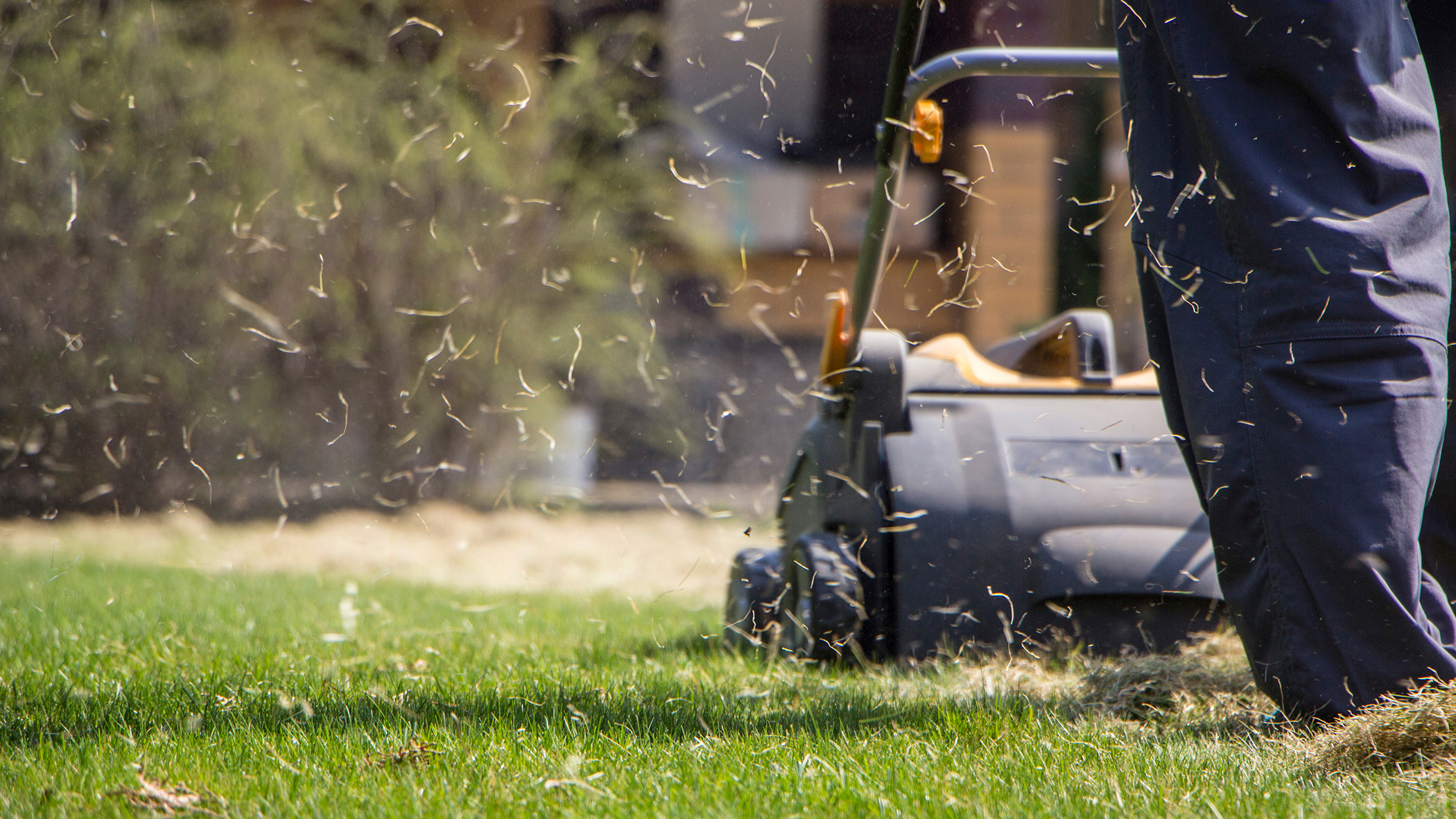
In the weeks leading up to dormancy, gradually lower your mowing height to about 1-1.5 inches. This shorter height reduces the amount of leaf tissue that can turn brown and helps prevent snow mold and other winter diseases. However, never scalp the lawn completely, as this can damage the crown of the grass and reduce its ability to recover in spring.
If you've overseeded with ryegrass, maintain a mowing height of 2-2.5 inches during winter to keep the ryegrass healthy. When your Bermuda grass begins to green up in spring, resume your normal mowing height.
4. Adjust watering practices
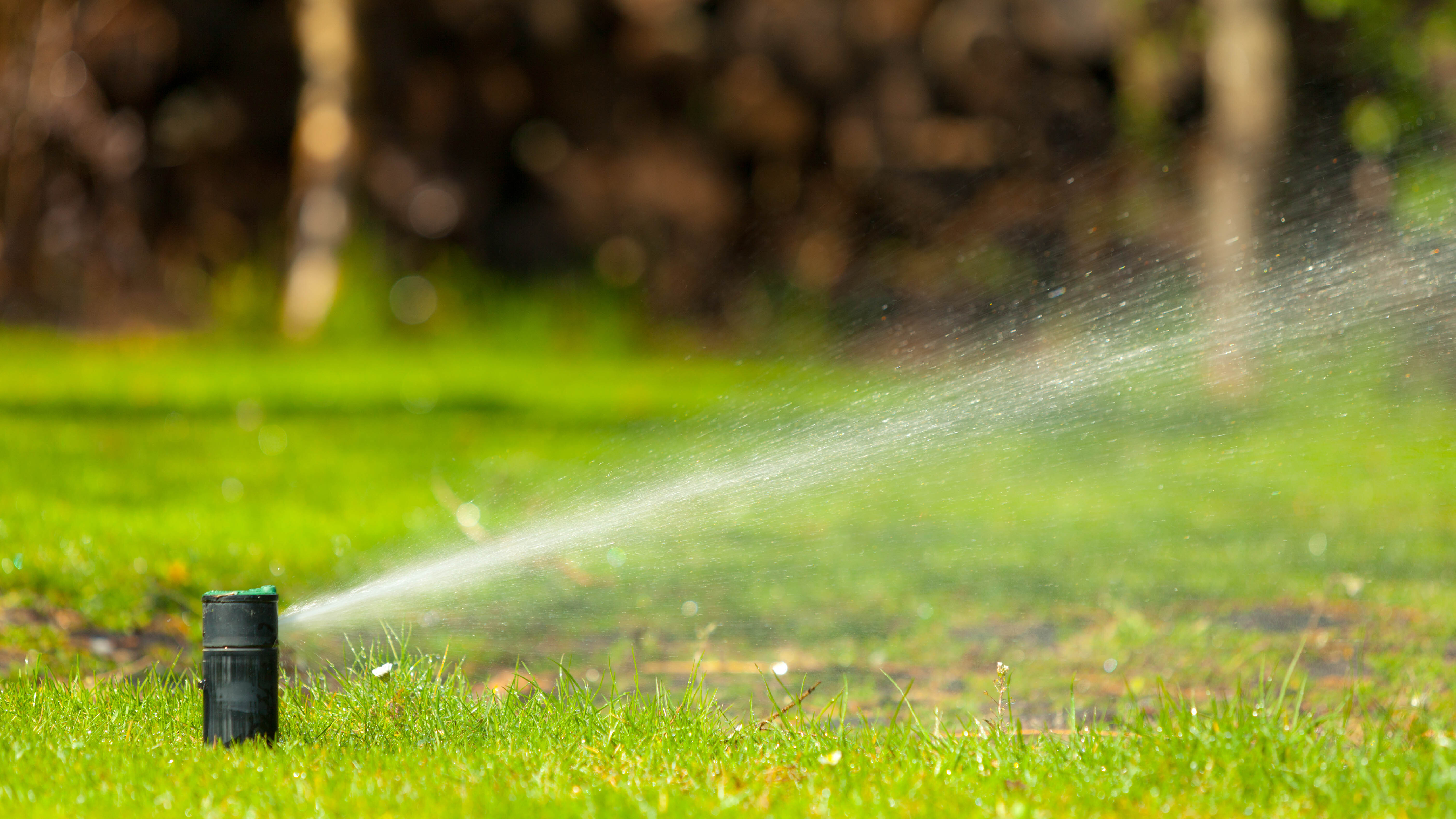
Proper irrigation during the dormancy period is critical for maintaining grass health. Reduce watering frequency once Bermuda grass enters dormancy, as the grass requires significantly less moisture when not actively growing. In most regions, winter rainfall may be sufficient to maintain adequate soil moisture.
However, during extended dry periods, provide approximately 1/2 inch of water every 2-3 weeks to prevent the roots from drying out completely.
If you've overseeded with ryegrass, you'll need to water more frequently, as cool-season grasses have higher moisture requirements than dormant Bermuda grass. In this case, provide about 1 inch of water per week, adjusting based on rainfall and temperature.
5. Minimize traffic and avoid herbicides

Dormant Bermuda grass is more fragile and susceptible to damage than actively growing grass. Minimize foot traffic and avoid parking vehicles on the lawn during winter months. Consider using pathways or stepping stones in high-traffic areas to protect the grass.
Additionally, avoid applying herbicides during dormancy, as they can damage the grass when it's not actively growing and may impair spring recovery. If weed control is necessary, wait until the Bermuda grass has fully emerged from dormancy in spring before applying herbicides.
By implementing these strategies, you can maintain a green lawn throughout winter while ensuring your Bermuda grass remains healthy during dormancy. When spring arrives, your lawn will transition smoothly back to its natural state, providing a lush, green carpet for the warm months ahead.

Follow Tom's Guide on Google News to get our up-to-date news, how-tos, and reviews in your feeds. Make sure to click the Follow button.
More from Tom's Guide
- 9 tips to revive dead grass and make your lawn green again
- How to create free nutrient-rich mulch from fall leaves
- How to overseed your lawn in fall — and when to do it for the best results
Get instant access to breaking news, the hottest reviews, great deals and helpful tips.

Kaycee is Tom's Guide's How-To Editor, known for tutorials that skip the fluff and get straight to what works. She writes across AI, homes, phones, and everything in between — because life doesn't stick to categories and neither should good advice. With years of experience in tech and content creation, she's built her reputation on turning complicated subjects into straightforward solutions. Kaycee is also an award-winning poet and co-editor at Fox and Star Books. Her debut collection is published by Bloodaxe, with a second book in the works.
You must confirm your public display name before commenting
Please logout and then login again, you will then be prompted to enter your display name.

